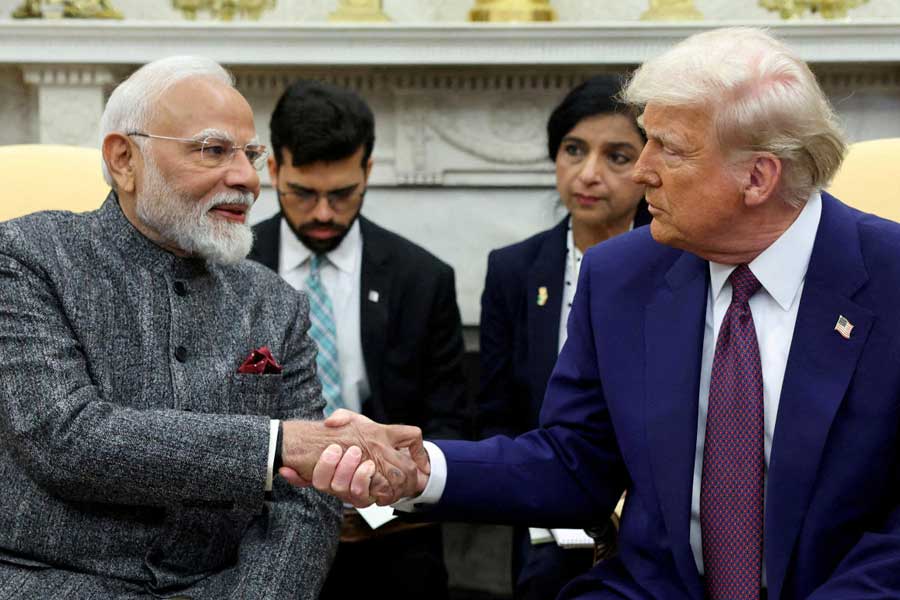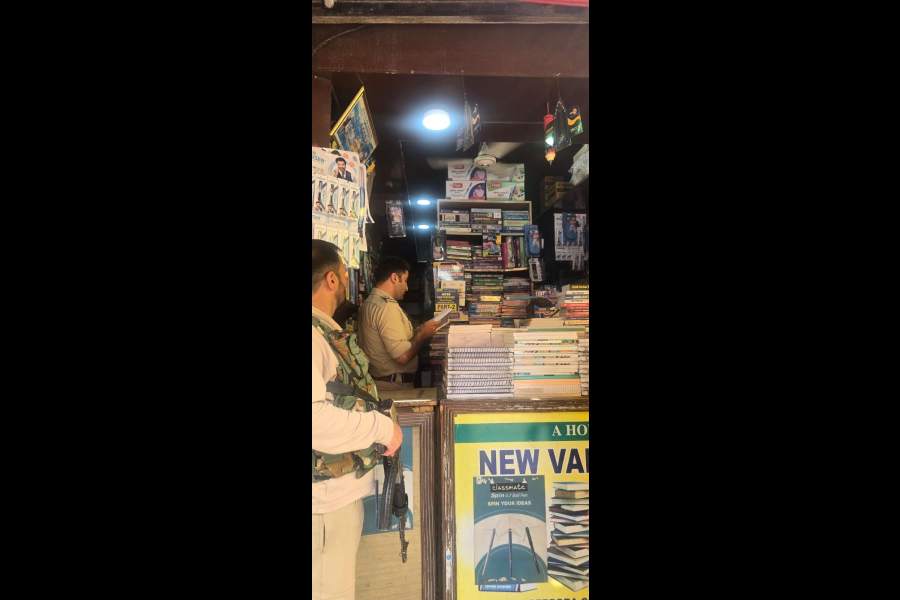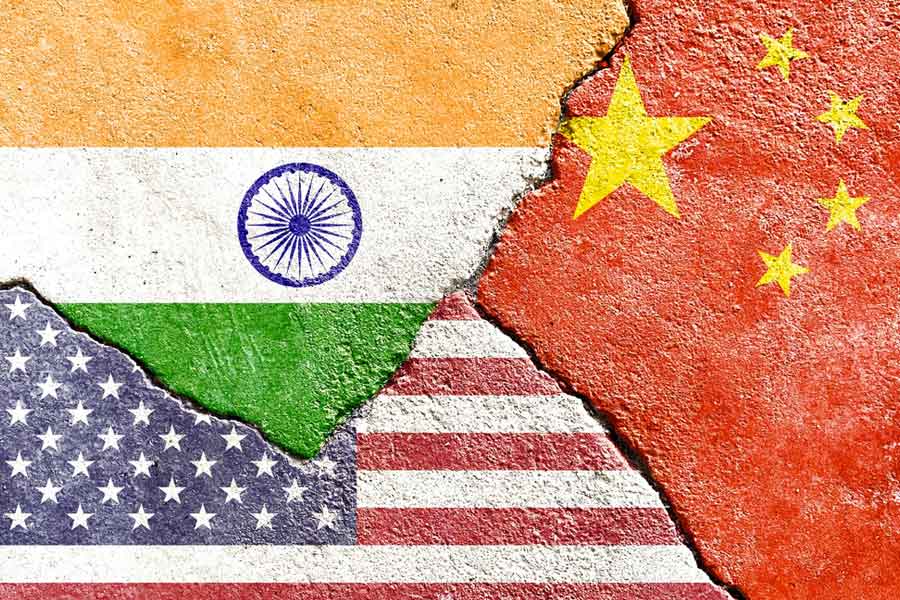To wake up robustly one morning and be told that one is dead or almost dead could be a disconcerting experience — even if one is not a human being, but a language. This is what seems to have happened to a number of Indian languages. A recent Unesco report has expressed concern over five Indian languages becoming extinct and another 191 critically endangered. Yet 60-odd, mostly tribal, languages from this casualty list, spoken in the Northeast and along the Indo-Nepal border, have been claimed as being alive and well by none other than those who speak and/or write them. These people are naturally offended and alarmed at being declared linguistically endangered. The Aimols of Manipur and Assam, for instance, are proud speakers, writers and historians of their own language, which has mutated into regional variants by absorbing other tribal languages in the vicinity. The Aimols have their own version of the hymns and will soon have the New Testament published in their language. However, a survey that is not properly informed about the geographical spread and variations of the language could come to mistaken conclusions about the state of the language through data collected from just one region. This is what seems to have occurred in the Unesco report. However, the Centre should not wait for something like this to happen to sit up to the possibility of languages being endangered, and should remain on its toes with its own surveys, white papers and policies to protect the country’s linguistic and cultural resources.
Surveying what India speaks and writes could end up being a daunting exercise not only by the challenges posed by the country’s demography and linguistic diversity, but also by categories created by the State itself in its own census operations (if one is working with the government’s figures). It could be a real problem trying to classify what somebody speaks as ‘language’ (as defined by the Constitution), ‘mother tongue’ or ‘dialect’, especially when many Indians could speak and/or write more than one such category, or even mix them all up to create something difficult to label. The official definitions and guidelines used for the census are often not clearly thought through. To be told by the ministry of home affairs that “mother tongue is the language spoken in childhood by the person’s mother to the person” could well lead to serious confusion.










